The recent sale of a Ford Falcon GT-HO Phase III for north of $1.3 million confirms a couple of things.
Firstly, that despite the market for the legendary Phase III tanking by about 50 per cent a decade ago due to the GFC and an overheated marketplace populated by ill-meaning speculators, the vehicle itself is, and always was, a 24-carat collectible.
In fact, with a build run of just 300 and the bragging rights that come with winning Bathurst in an era when that really meant something for a manufacturer, the GT-HO Phase III has always been a revered model whose collectability was assured.
But that’s not the case for all Australian collector-metal. Believe it or not, some of the hottest Aussie collector cars around right now had less auspicious beginnings.
In fact, the old term ‘you couldn’t give `em away’ applies to a few Aussie classics that are now fetching a quarter-of-a-million dollars in some cases.
HSV VL Group A SS

The poster-child for this phenomenon must surely be the very first of HSV’s muscular products, the Group A SS of 1988 (otherwise known as the Walkinshaw). Again, this was back in a time when the cars that raced at the annual Bathurst classic had to be based on production cars, so owning the road-going version of a potential Bathurst winner was a big deal.
With its wild body kit that included a huge bird-bath of a rear spoiler and a bonnet scoop with vents, the Walkinshaw was a mighty arresting sight. But despite the $45,000 price-tag, with that race-heritage thing going on, buyers who could see a piece of Aussie motor-racing history being born snapped up the first 500 that HSV needed to build to homologate the car for racing purposes. Which really is where HSV should have called enough.
But it didn’t. It got greedy and decided that what the world needed was another 250 Walkinshaws. By now, of course, the name-calling had started and the car had earned the title ‘Plastic Pig’ for its outrageous appearance. It also hadn’t won Bathurst yet (that wouldn’t happen until 1990) and its public approval rating was heading south pretty fast.
As a result, the last of those extra 250 cars sat around in Holden dealerships like homely blue puppies in a pet-shop window. Nobody wanted them and the now-$47,000 price-tag was really starting to bite. In the end, Holden dealers were removing the Group A body kits from the cars and trying to sell them as something other than Walkinshaws. There were even rumours of some cars being completely repainted by dealers, desperate to remove any of the ‘Plastic Pig’ smudge from their showrooms.
Now, of course, things have swung a full 180 degrees and a Walkinshaw is among the hottest collector tickets in town. Prices can go all the way up to $250,000 or even $300,000 for really nice, original cars. Which leaves one question unanswered: What happened to all those body kits the dealers removed back in the day?
Tickford TE/TS/TL50
.jpg)
Sometimes a car-maker boots a shocking own-goal, leading to an otherwise worthy car becoming a wall-flower of the highest order. A great example of this was played out by Ford’s performance arm of the day, Tickford.
Standing by and watching as HSV ratcheted up the heat and started reeling punters in by the wallet was too much for Tickford. So, it took the unloved AU Falcon range and aimed to beat HSV at its own game; building a big, five-seater performance sedan that could tow a boat or cross the continent in a single bound. The concept was a well proven one and involved taking a well-equipped version of the AU Falcon and Fairlane and fitting it with the largest engine in the catalogue, then tweaking it some more for extra zing.
No problems with any of that, but Tickford’s error was in its marketing. Rather than offer to go toe-to-toe with HSV, the Tickford sales pitch was along the lines of offering something a bit more subtle for the person who didn’t feel the need to show out. Which pretty neatly defeated the purpose of cars like these. Trying to sell a car on its handling and sophistication when the competition was the muscle-bound HSV was a classic case of taking a knife to a gunfight.
That approach also knobbled Tickford some more because it meant it couldn’t use the vastly superior quad-headlight front end of the lesser Falcon-based XR range. No, that would have been too lairy by half. So, instead, the TE, TS and TL models got a slightly improved version of the dreadful standard Fairmont front end. The upshot was a range of cars that did actually drive really well, but simply didn’t sell to a marketplace more concerned with quarter-mile times. Even a locally-developed stroker version of the 5.0-litre V8, which took capacity to a HSV-rivalling 5.6 litres, couldn’t sway the general public and the Tickfords sat around in dealerships for a long time.
Now, of course, there’s new love for the Tickford Falcons, combined with the fact that the AU was probably the sweetest platform Ford Australia ever built. As a result, prices are on the up and a good TE or TS50 is now fetching from around $30,000, with Series 3 versions with the big engine making more than double that.
Holden and Ford big coupes
.jpg)
It’s the mid-70s and people are abandoning the big, locally-made coupe market in droves. The rising price of petrol, set against a fuel crisis (that didn’t actually eventuate, but anyway…) meant that full-sized, V8 two-doors like the Holden Monaro and Ford Falcon Hardtop were off the menu for most folks. In fact, by about 1976, Holden’s best-selling two-door was its Belmont-based panel-van. In the case of the Holden and Ford coupes, that left both car-makers with a stockpile of two-door bodyshells with no real hope of shifting them as Monaros or GTs.
Which is when the marketing departments got creative. In Holden’s case, the solution was a model called a Monaro LE which launched in 1976 to soak up the last of those bodyshells. It was a pretty flash machine in the day with its gold Polycast wheels, metallic burgundy paint and gold pinstriping. Inside was hectares of velour trim and, bizarrely, an eight-track cartridge machine. Mechanically, you got the 5.0-litre V8, a three-speed auto and limited-slip differential. The car was aimed high, too, and with a pricetag of just over $11,000, you could have bought a `normal’ Monaro GTS and pocketed around three-grand change. In the end, 580 LE Coupes were made and sold and that, pretty neatly, put a fork in Holden’s big two-door aspirations until 2001 when the born-again Monaro hit showrooms. These hardly ever come up for sale now, but when they do, you could easily spend $150,000 for the best ones.

Meanwhile, over at Ford, the same problem was occurring. At a similar point in history (1978) Ford found itself with 400 Falcon Hardtop bodyshells lurking around with no real way in sight to unload them. Until the decision was made to take a leaf out of the North American playbook and brew up a local version of the Cobra Coupe. It was no coincidence that Edsel Ford II was managing director at Ford Oz at the time. The decision would have been made even easier by the previous year’s one-two finish at Bathurst by Allan Moffat’s Cobra-livered Group C cars.
With a choice of 5.8- or 4.9-litre V8s and automatic or manual transmission, the Cobra Hardtops eventually sold really well, making the strategy a winner all round. Even so, it was still a case of lighting a marketing fire under a pile of cars that had previously looked like hanging around. Even if you went all out for the Bathurst Special version of the Cobra with the biggest V8 and a four-speed manual, you still spent just $10,110 in 1978. And if you were selling that car now, you’d probably be asking north of $400,000, but even a 4.9-litre automatic example in mint condition can be nudging a quarter-of-a-million. Okay, those prices are from a mid-Covid standpoint (as are the others in this story) and it’s accepted that the market could settle in the next 12 months. But even so…
Plymouth Superbird
.jpg)
Just to prove that this is not just an Australian thing, the North Americans have also been capable of brewing up cars that, in period, were ignored but, in the fullness of time, have become utterly collectible. Like Aussie cars, some of the most significant have been homologation cars. And such was the case of the 1970 Plymouth Superbird which was built purely to win NASCAR races, rather than set Plymouth showrooms alight. Just as well…
To give the car the stability it needed to run on the oval tracks at anything up to 320km/h, the Superbird was based on the Plymouth Road Runner but added a huge, cheese-wedge nose and a monster rear wing that was taller than the roof. Overall, the nose alone added just shy of 50cm to the overall length. Combined with the concealed headlights (again, in the name of aerodynamics) the look was, er, striking. Too striking for US buyers, it seemed, and although only about 2000 were built, some were still hanging around in dealers’ back-lots as late as 1972.
In the process of getting rid of them, many dealers removed the rear wing, or even converted them completely back to Road Runner specification. Which seems all the more incredible now, as it’s the Superbird’s outrageous personality that has taken it from a $US4300 brand-new proposition to a $US300,000 or $US400,000 collector car today. Oh, being banned by NASCAR for being simply too fast didn’t hurt the Bird’s stocks either…



.jpg)








.jpg)

.jpg)
.jpg)
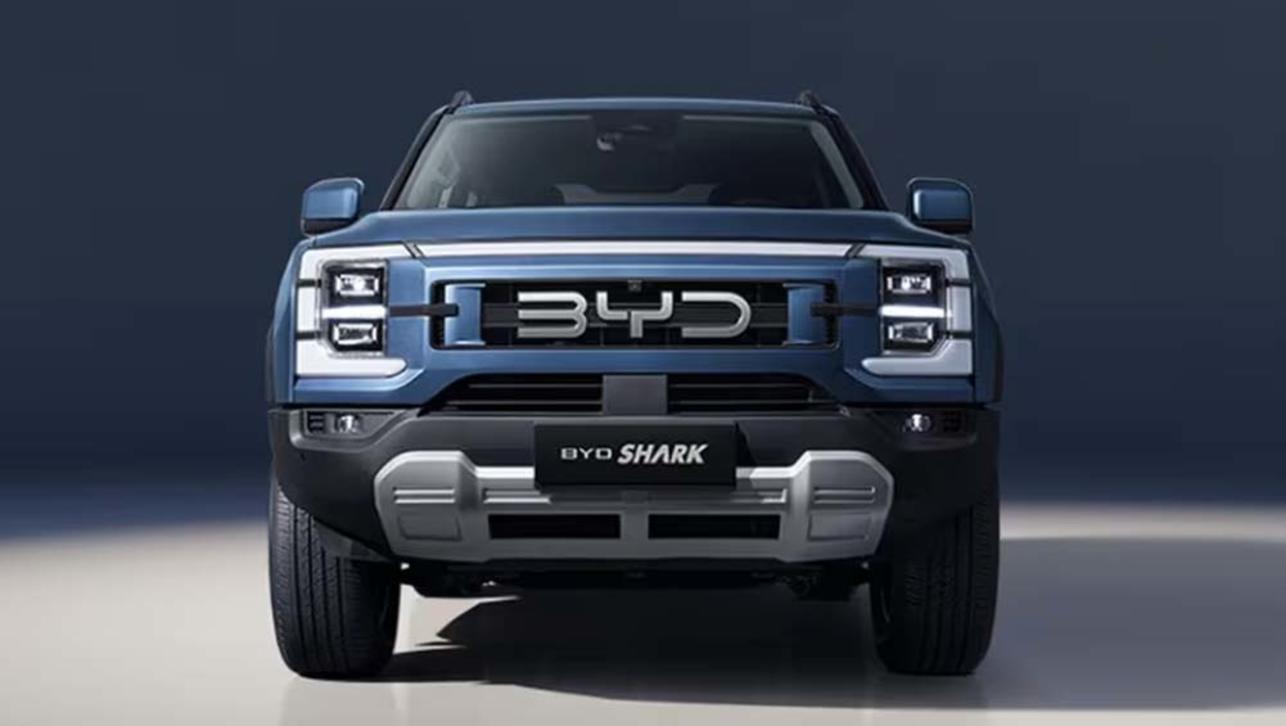
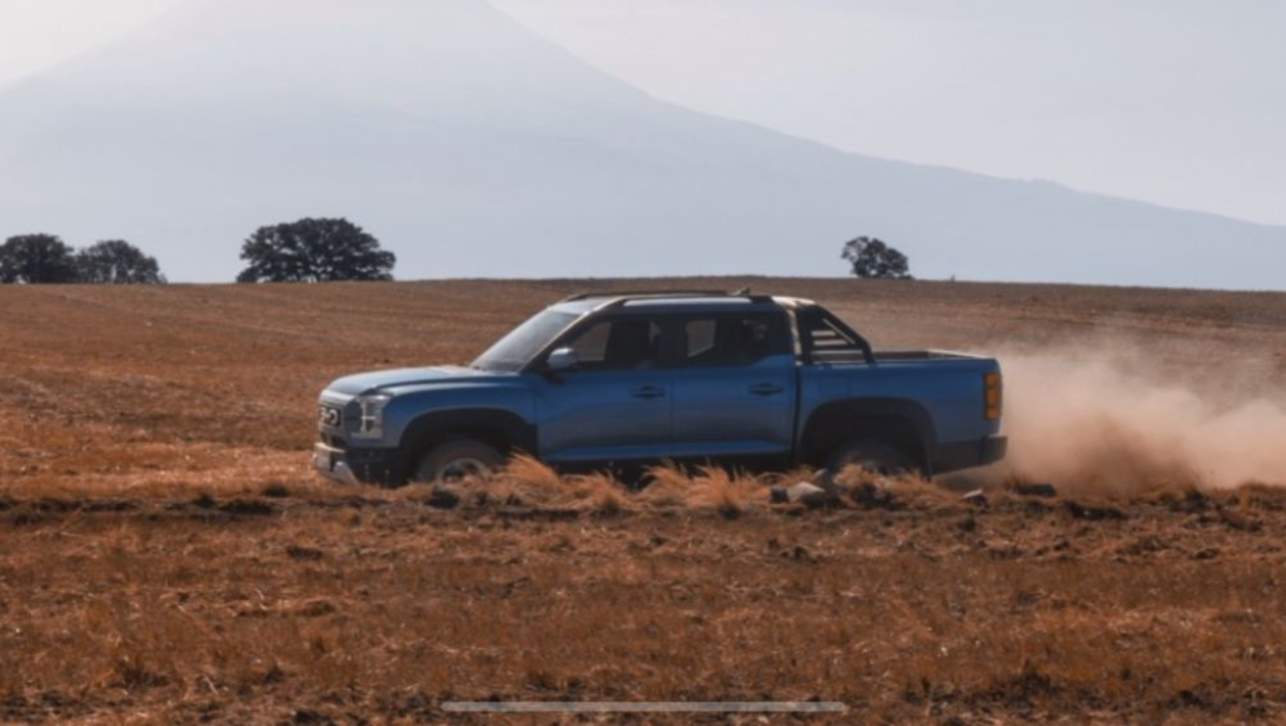




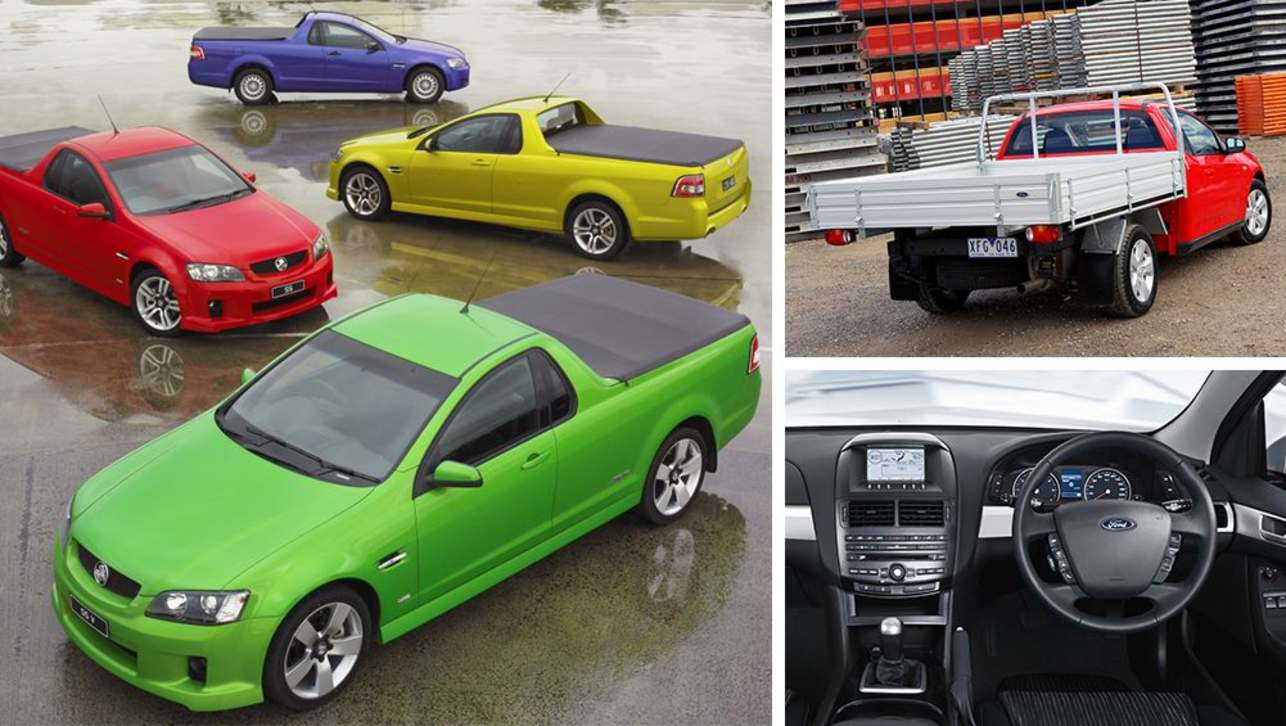
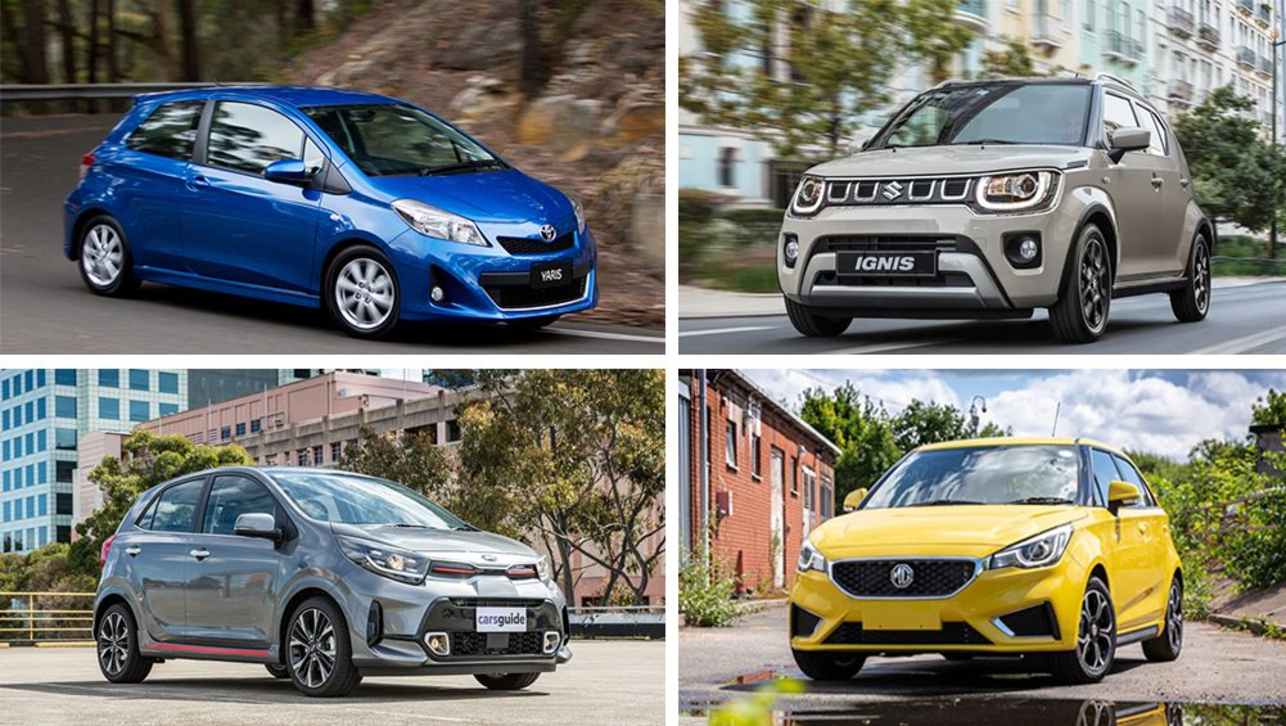
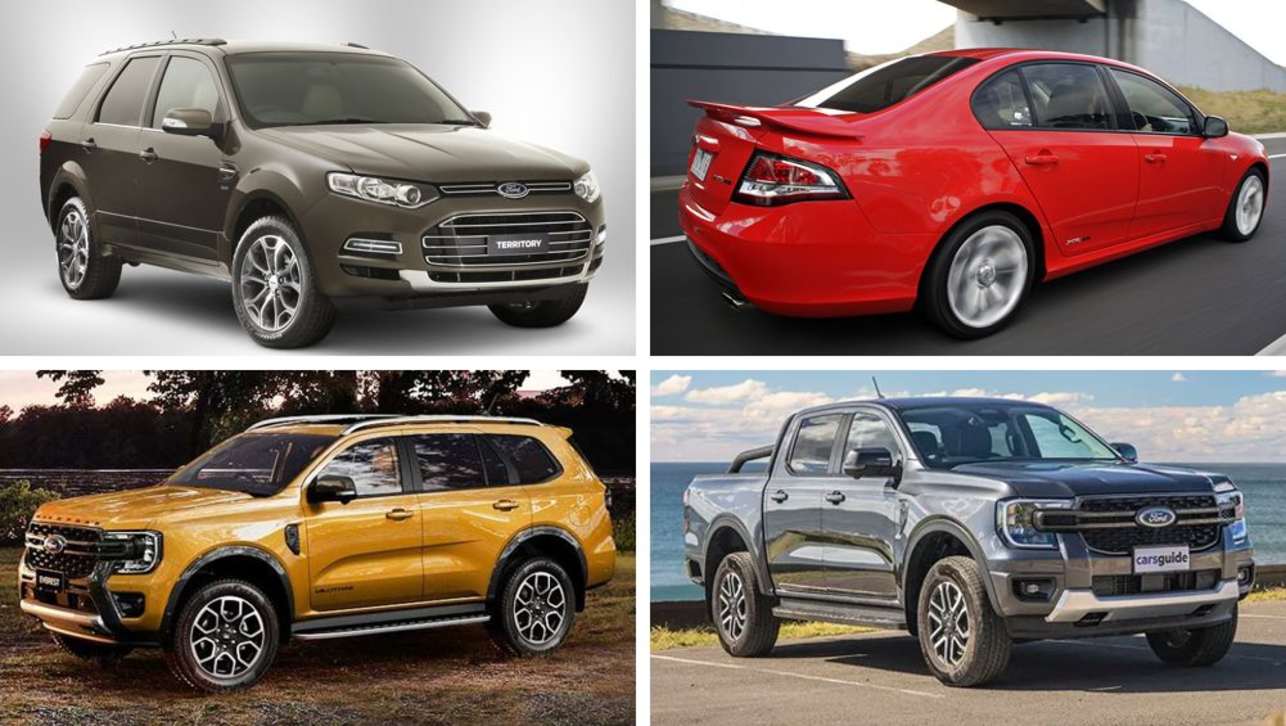
.jpg)
.webp)

.jpg)


Comments